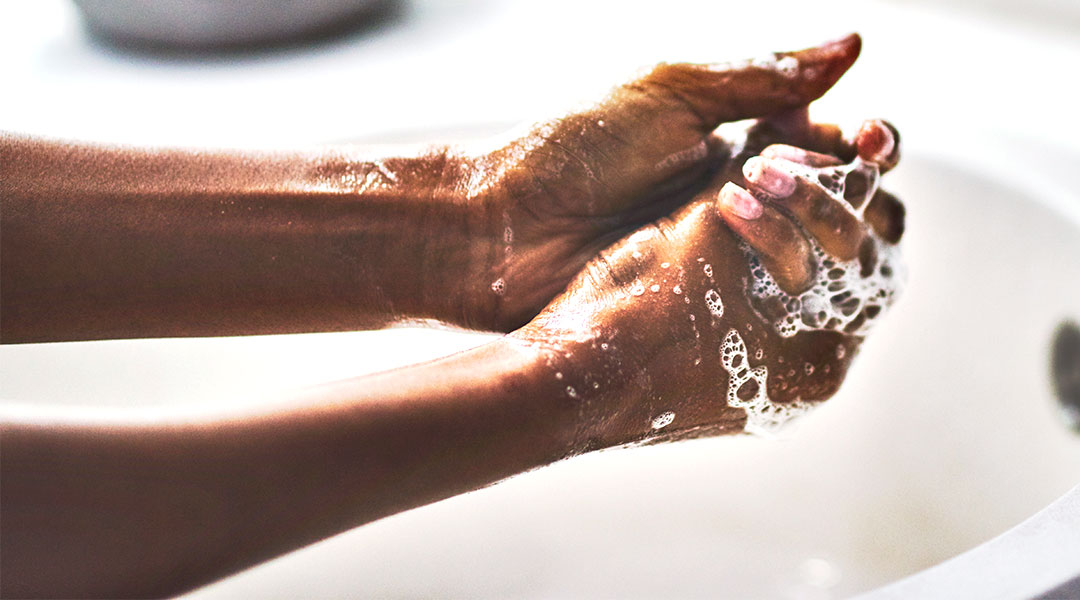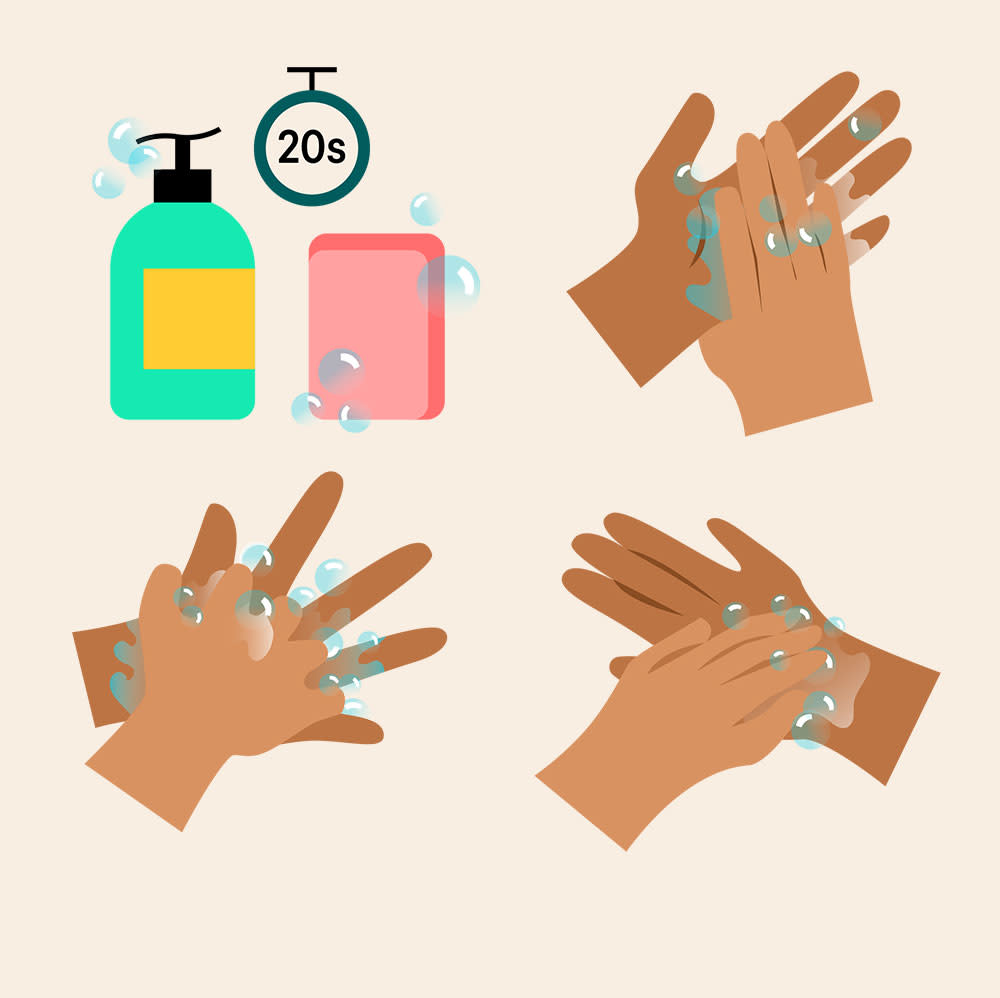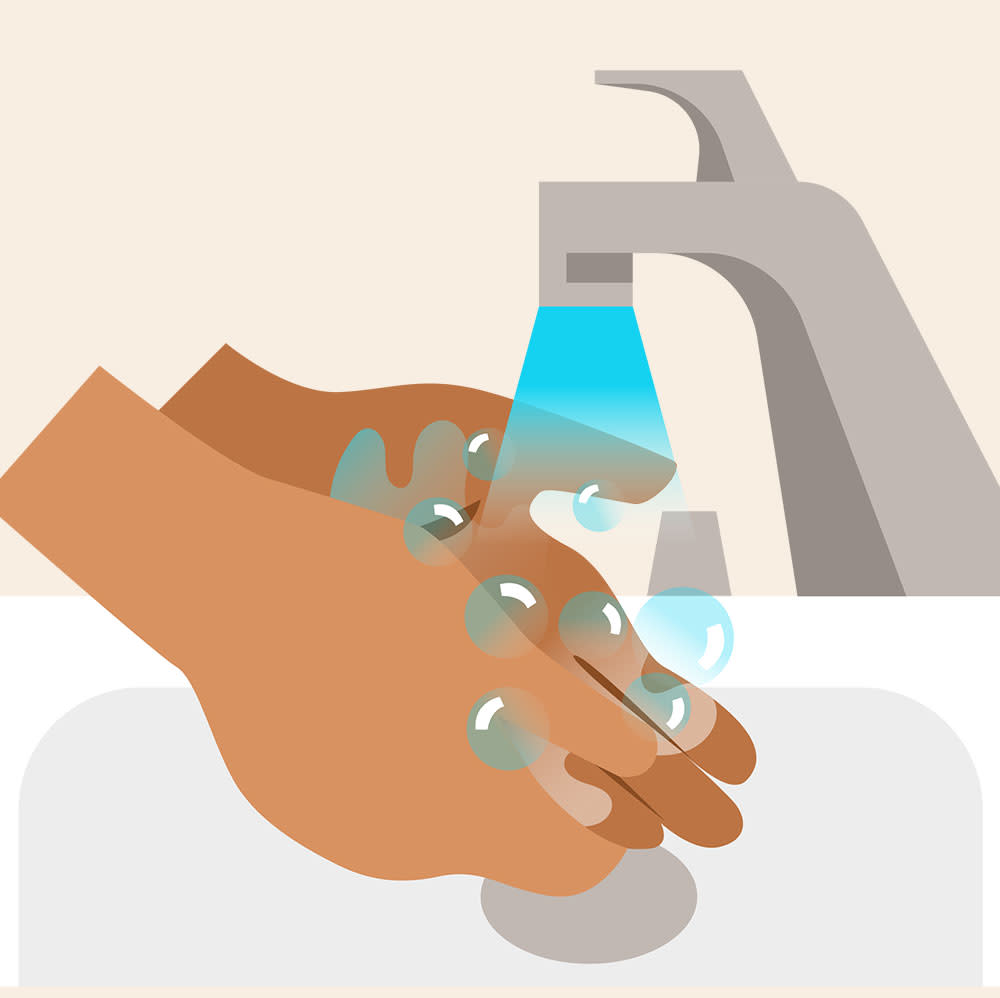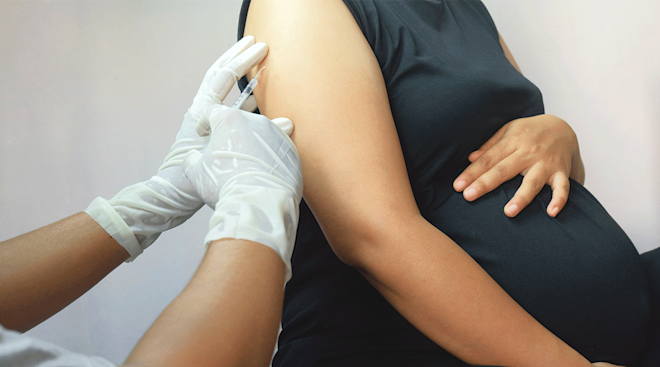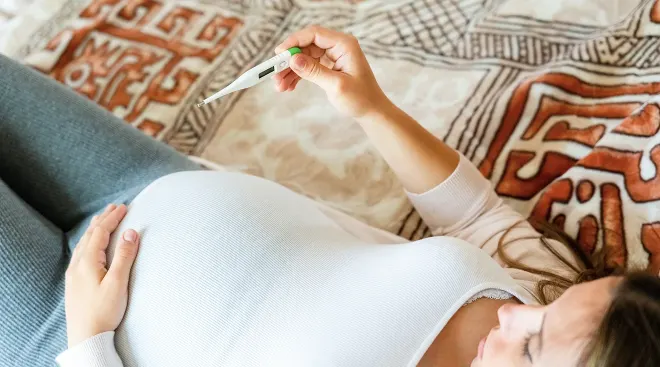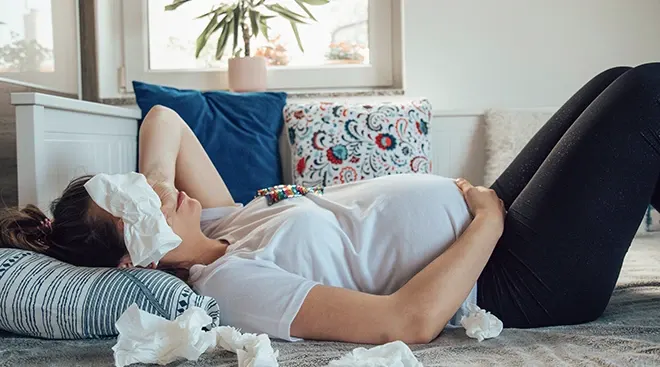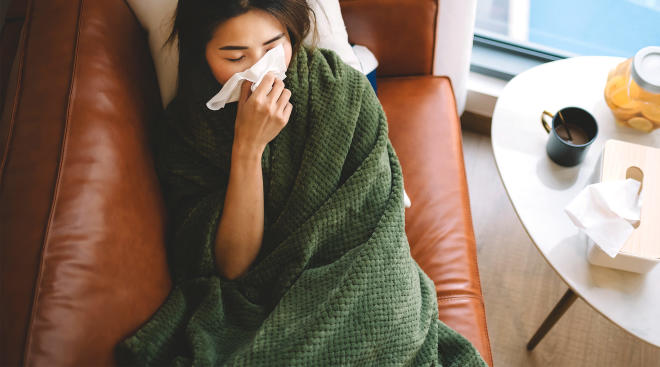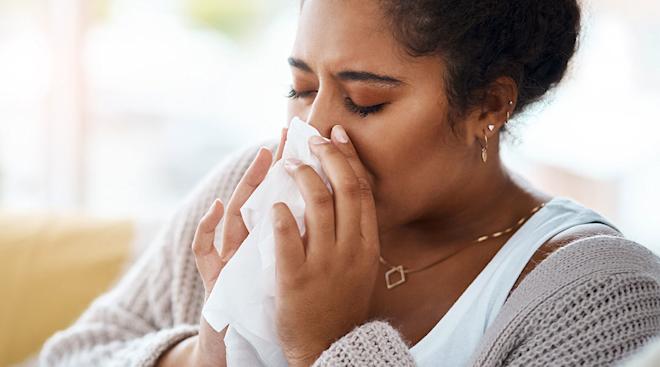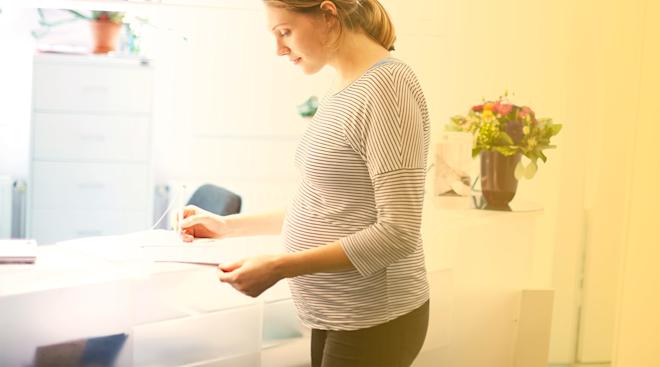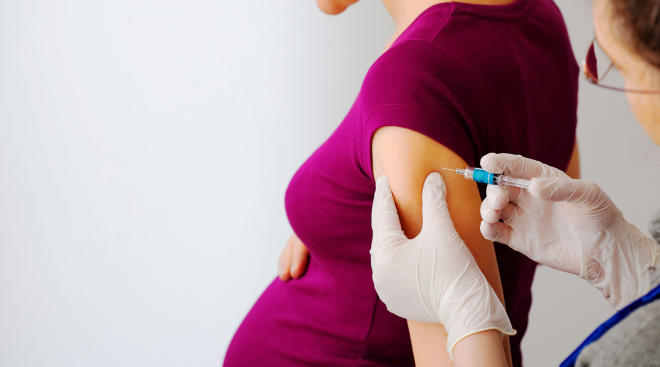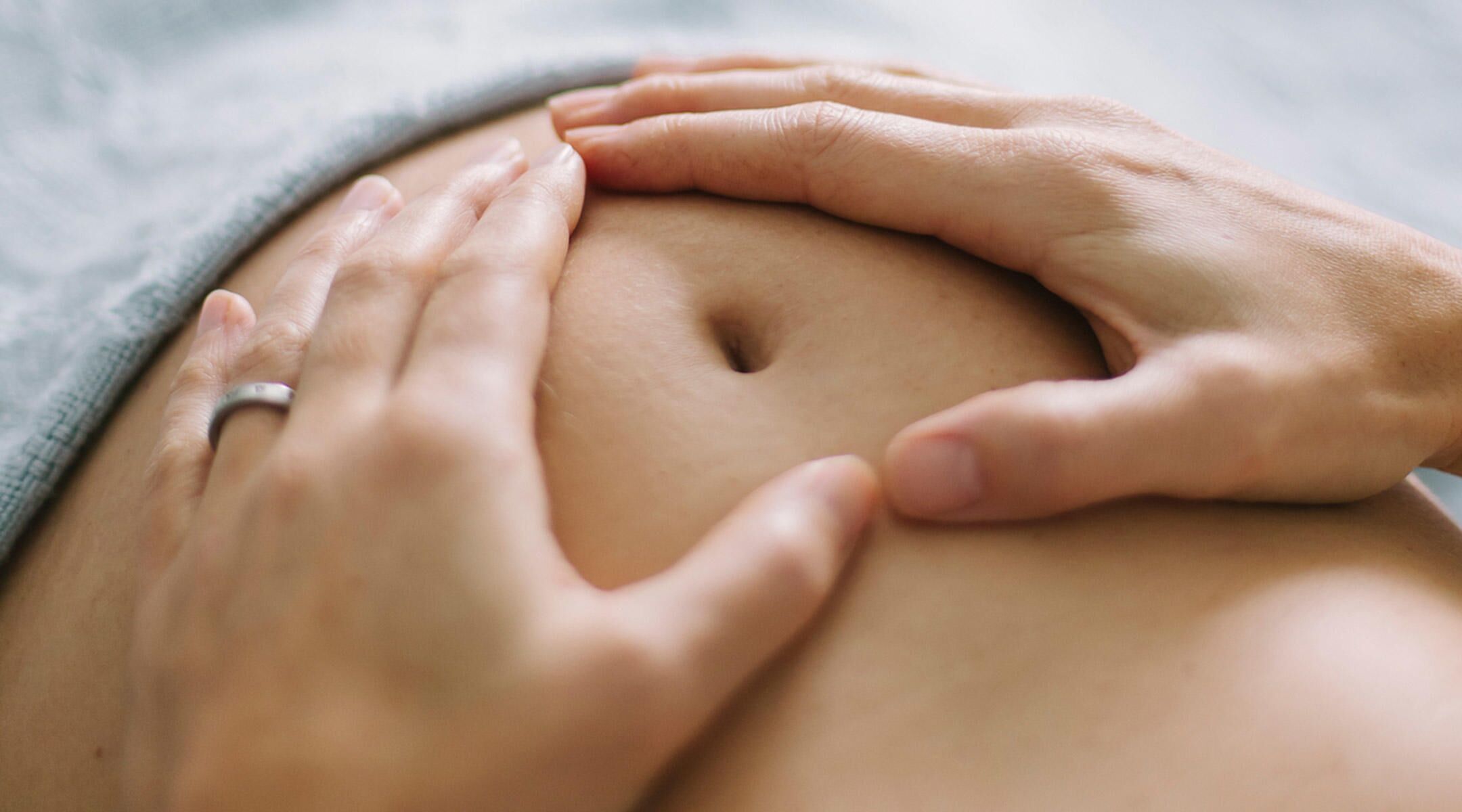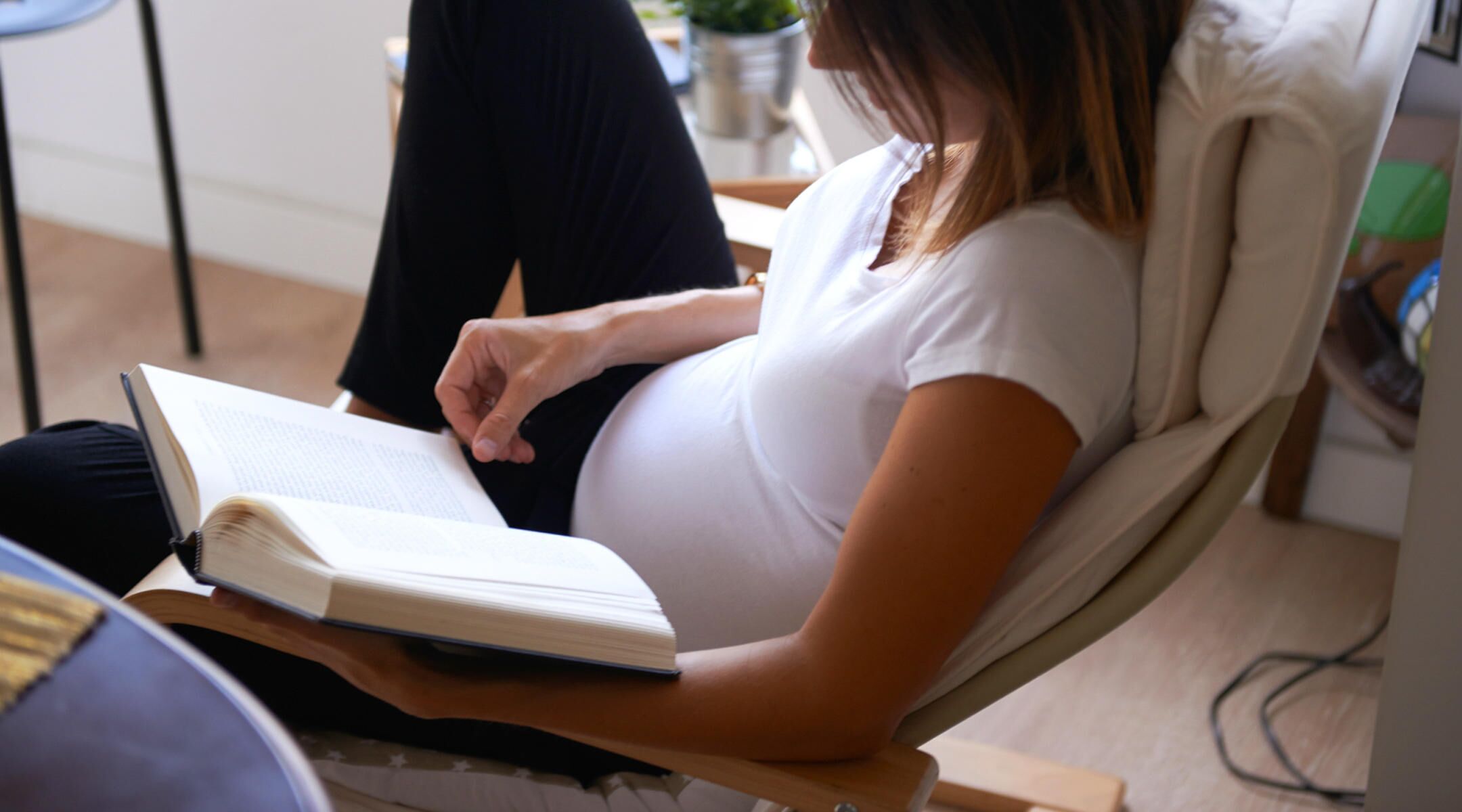Here’s How to Wash Your Hands Properly
Want to keep your kids—and yourself!—from getting sick? We’ve got three words for you: Wash those hands! It may seem obvious, but that doesn’t make it any less important. “The easiest, most practical and probably most effective method to prevent infection is to wash your hands,” says Donald Shifrin, MD, a pediatrician at Allegro Pediatrics outside of Seattle, Washington, and a clinical professor of pediatrics at the University of Washington School of Medicine. Get the 411 on why the simple act of keeping your hands clean is so critical—and how to wash your hands properly.
Doorknobs, phones, monkey bars—it’s no joke that we all touch a lot of things throughout the day, and that some of those things likely have germs on them. “We know that items or objects that people commonly touch can carry viruses, so if we touch those things and then our eyes, nose or mouth, then we can get sick,” explains Nipunie Rajapakse, MD, a pediatric infectious disease specialist with Mayo Clinic Children’s Center in Rochester, Minnesota. “Keeping our hands clean is one of the most important things we can do to prevent the spread of disease.”
This is true for anyone and everyone, but hand washing may be even more important for pregnant women since pregnancy can cause some weakening of the immune system, adds Rajapakse. Parents of young children should also take special note; hand washing for kids is extra important too, since they have a tendency to touch everything.
It’s key that you wash your hands often. “Anytime you’re going from one setting to another is a good time to wash,” says Rajapakse. You’ll want to get into the habit of washing up anytime you get back home from work, school or an activity, but everyone also needs to scrub up before eating or prepping food, after you go to the bathroom, after you cough or sneeze, after you touch an animal (pets included!), after you change a diaper, before pumping and anytime your hands are visibly dirty. (Got all that?)
Hand sanitizer vs. hand washing
With such a long list of when to wash your hands, it’s likely you may run into situations where you don’t have access to a bathroom or kitchen sink. That’s when hand sanitizer comes in. “You want to use hand sanitizer as an effective substitute when you can’t get to soap and water,” says Shifrin. When used correctly, it’ll kill 90 percent of the germs on your hands, which is good enough to prevent the spread of infection, he adds. But be sure to choose one that contains at least 60 percent alcohol and use enough that it takes 20 to 30 seconds to rub it in until it’s dry, Rajapakse says—that’s probably about the size of a quarter for adults and a nickel for kids.
The caveat to all this is, of course, that hand washing is only effective if you’re doing it correctly. Dipping, dunking or just rinsing hands will not do you much good, Shifrin says. When you head to the faucet, it’s crucial that you remember and follow these six steps:
Step 1. Wet your hands with clean, warm running water, then turn off the tap
Step 2. Add two pumps of regular hand soap (no need to use antibacterial) and then lather up.
Step 3. Make sure to get these five spots as you go: palms, back of hands, in between fingers, fingernails and thumbs
Step 4. Scrub hands for at least 20 seconds (that’s “Happy Birthday” twice, or “Twinkle,Twinkle, Little Star” once)
Step 5. Rinse your hands under running water, then turn off the faucet with the back of your hand or a paper towel
Step 6. Fully dry your hands, because wet hands collect bacteria. The best way to do this is with a towel, but an air dryer works too if that’s all there is. (If you have a towel, use that to open the bathroom door so you don’t dirty-up your nice clean hands.)
Following the proper hand washing steps above is just as important—if not more so—for kids, because they tend to be exposed to more illnesses. Kids as young as 3 can be taught to effectively wash on their own, but until they really have it down pat you’re going to want to wash their hands for them one hand at a time, Shifrin advises. (He also suggests cutting your kid’s nails two to three times a week, so fewer germs can get caught under them.)
It’s also helpful to set up a hand washing station that’s easy and even fun for them at home. Add a step stoolso they can reach the sink, and maybe even pick up some hand soap in the image of their favorite character. You can also let them wash up a special toy while they scrub, Rajapakse suggests, and set up a sticker chart to reward good behavior.
Published March 2020
Expert bios:
Donald Shifrin, MD, is a pediatrician at Allegro Pediatrics outside of Seattle, Washington, and a clinical professor of pediatrics at University of Washington School of Medicine. He received his medical degree from Georgetown University and has been in practice for more than 40 years.
Nipunie Rajapakse, MD, MPH, is a pediatric infectious disease specialist with Mayo Clinic Children’s Center in Rochester, Minnesota, specializing in management of pediatric infections. She is the vice chair of the Mayo Clinic Rochester Antimicrobial Stewardship Program and medical director of the Pediatric Antimicrobial Stewardship Program.
Please note: The Bump and the materials and information it contains are not intended to, and do not constitute, medical or other health advice or diagnosis and should not be used as such. You should always consult with a qualified physician or health professional about your specific circumstances.
Navigate forward to interact with the calendar and select a date. Press the question mark key to get the keyboard shortcuts for changing dates.
































